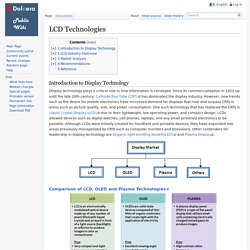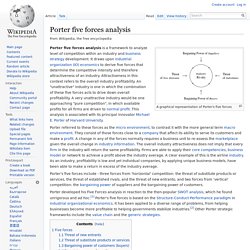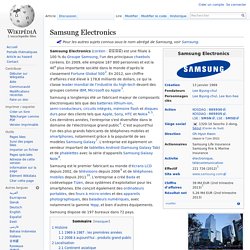

LCD Technologies - DolceraWiki. Introduction to Display Technology Display technology plays a critical role in how information is conveyed.

Since its commercialization in 1922 up until the late 20th century, Cathode Ray Tube (CRT) has dominated the display industry. However, new trends such as the desire for mobile electronics have increased demand for displays that rival and surpass CRTs in areas such as picture quality, size, and power consumption. One such technology that has replaced the CRTs is Liquid Crystal Display (LCD) due to their lightweight, low operating power, and compact design. LCDs allowed devices such as digital watches, cell phones, laptops, and any small screened electronics to be possible. Comparison of LCD, OLED and Plasma Technologies LCD Technology LCD is an electronically-modulated optical device made up of any number of pixels filled with liquid crystals and arrayed in front of a light source (backlight) or reflector to produce images in color or monochrome.
LCD Industry Overview Technology Demand. Fr.slideshare. Cinq forces de Porter. Les cinq forces de Porter.

Wikipédia a besoin de vous Chers lecteurs du Canada, vous utilisez souvent Wikipédia, c'est formidable ! C’est un peu gênant, mais ce mercredi, nous avons besoin de vous. Si vous avez déjà fait un don, nous vous en remercions sincèrement. Nous ne sommes pas des vendeurs, nous dépendons de dons de $15 en moyenne, mais moins de 2% de nos lecteurs contribuent.
Merci ! Le modèle des « cinq forces de Porter » a été élaboré en 1979 par le professeur de stratégie Michael Porter. Selon Porter, cinq forces déterminent la structure concurrentielle d'une industrie de biens ou de services : le pouvoir de négociation des clients,le pouvoir de négociation des fournisseurs,la menace des produits de substitution,la menace d'entrants potentiels sur le marché,l'intensité de la rivalité entre les concurrents. Description[modifier | modifier le code] Pouvoir de négociation des clients[modifier | modifier le code] Les clients disposent d'un pouvoir de négociation élevé quand : Porter five forces analysis. A graphical representation of Porter's five forces Porter's five forces include - three forces from 'horizontal' competition: the threat of substitute products or services, the threat of established rivals, and the threat of new entrants; and two forces from 'vertical' competition: the bargaining power of suppliers and the bargaining power of customers.

Porter developed his Five Forces analysis in reaction to the then-popular SWOT analysis, which he found unrigorous and ad hoc.[1] Porter's five forces is based on the Structure-Conduct-Performance paradigm in industrial organizational economics. It has been applied to a diverse range of problems, from helping businesses become more profitable to helping governments stabilize industries.[2] Other Porter strategic frameworks include the value chain and the generic strategies. Five forces[edit] Threat of new entrants[edit] Profitable markets that yield high returns will attract new firms.
Threat of substitute products or services[edit] Samsung Electronics. Un article de Wikipédia, l'encyclopédie libre.

Pour les autres sujets connus sous le nom abrégé de Samsung, voir Samsung. Samsung Electronics Le siège de Samsung Electronics à Séoul Samsung Electronics (coréen : 삼성전자) est une filiale à 100 % du Groupe Samsung, l'un des principaux chaebols coréens. En 2009, elle emploie 187 800 personnes et est la 40e plus importante société dans le monde d'après le classement Fortune Global 500[2]. Samsung a longtemps été un fabricant majeur de composants électroniques tels que des batteries lithium-ion, semi-conducteurs, circuits intégrés, mémoire flash et disques durs pour des clients tels que Apple, Sony, HTC et Nokia[4],[5]. Samsung est le premier fabricant au monde d'écrans LCD depuis 2002, de télévisions depuis 2006[9] et de téléphones mobiles depuis 2011[10]. Samsung dispose de 197 bureaux dans 72 pays. Histoire[modifier | modifier le code] 1969 à 1987 : les premières années[modifier | modifier le code] Localisation[modifier | modifier le code] Chennai.
Smartphones : Samsung menacé par les constructeurs chinois.